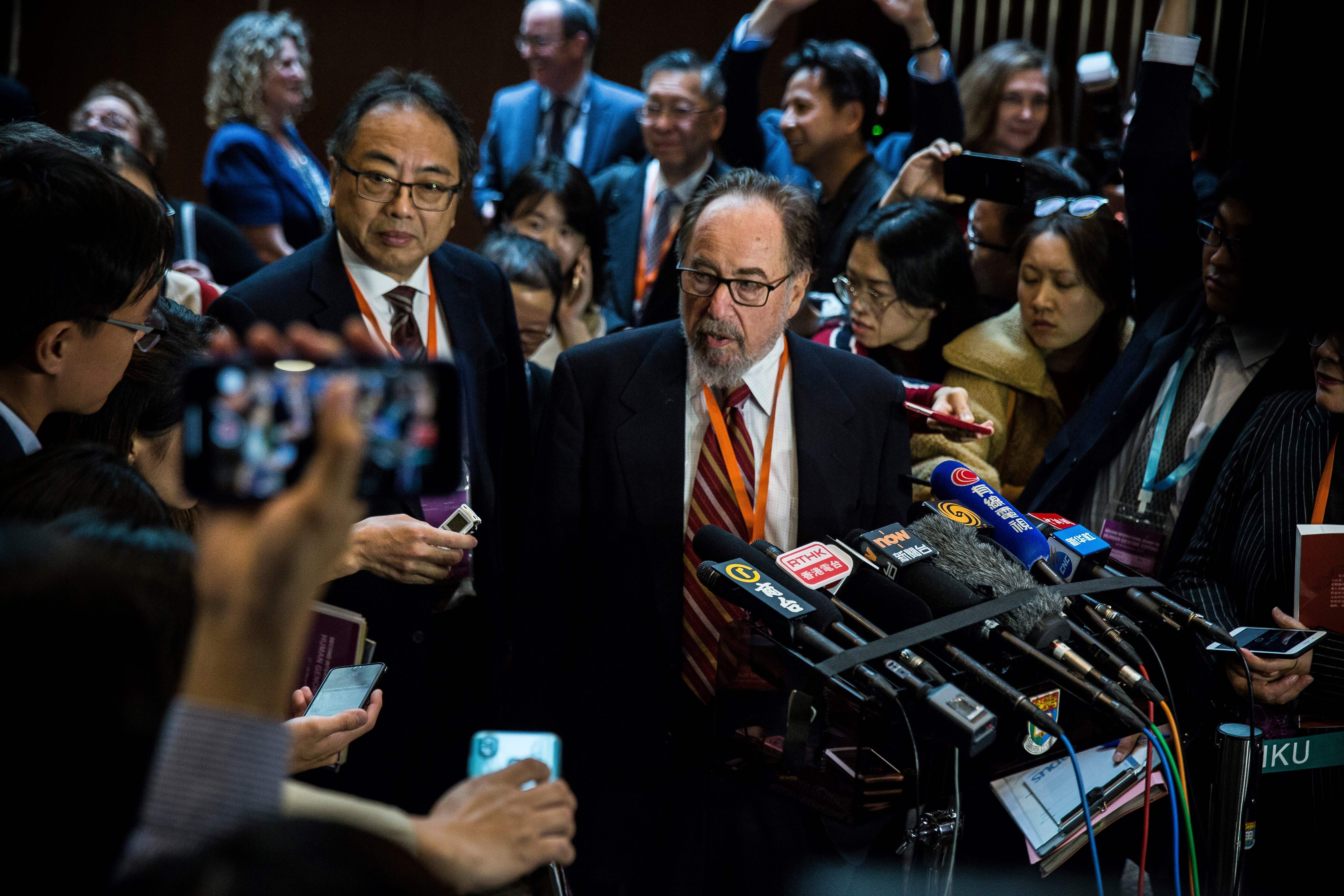Biologist says he overstated Covid Wuhan lab leak ‘smoking gun’ as origins remain unknown
Dr David Baltimore now says he ‘should have softened the phrase “smoking gun”’

Your support helps us to tell the story
From reproductive rights to climate change to Big Tech, The Independent is on the ground when the story is developing. Whether it's investigating the financials of Elon Musk's pro-Trump PAC or producing our latest documentary, 'The A Word', which shines a light on the American women fighting for reproductive rights, we know how important it is to parse out the facts from the messaging.
At such a critical moment in US history, we need reporters on the ground. Your donation allows us to keep sending journalists to speak to both sides of the story.
The Independent is trusted by Americans across the entire political spectrum. And unlike many other quality news outlets, we choose not to lock Americans out of our reporting and analysis with paywalls. We believe quality journalism should be available to everyone, paid for by those who can afford it.
Your support makes all the difference.A scientist whose words have been widely cited to support the “lab leak” theory of Covid-19’s origin is now taking some of those words back.
Last month, Nobel laureate David Baltimore told Bulletin of the Atomic Scientists that part of the coronavirus’s genome – the furin cleavage site – was “smoking gun” evidence that it originated in a laboratory. The quote was quickly picked up by countless believers in the theory that human beings engineered the virus.
But on Tuesday, Dr Baltimore hedged, telling the Los Angeles Times he “should have softened the phrase ‘smoking gun’ because I don’t believe that it proves the origin of the furin cleavage site but it does sound that way.”
“I believe that the question of whether the sequence was put in naturally or by molecular manipulation is very hard to determine, but I wouldn’t rule out either origin,” the biologist told the newspaper.
He also clarified his comments to the magazine Nature.
“There are other possibilities and they need careful consideration, which is all I meant to be saying,” he told the journal.
However, the “lab leak” theory has gained traction in recent months. Robert Redfield, the former director of the Centers for Disease Control and Prevention, told CNN in March that he believed the virus “most likely” originated at the Wuhan Institute of Virology, where scientists were studying coronaviruses.
“I am of the point of view that I still think the most likely ideology of this pathogen in Wuhan was from a laboratory,” he said then. “Escaped. Other people don’t believe that. That’s fine. Science will eventually figure it out.”
In May, The Wall Street Journal reported that three staff members at the Wuhan lab were hospitalized with Covid-like symptoms in November 2019, according to a US intelligence report – earlier than China’s first known cases of the disease.
A few days after the Journal article came out, President Biden ordered intelligence officials to further investigate the origins of Covid-19, including the possibility that it came from a Chinese laboratory.
Meanwhile, Dr Tedros Adhanom Ghebreyesus, head of the World Health Organisation, has demanded a more extensive report on the pandemic’s beginning, and insists that all hypotheses “remain on the table.”
Others, most notably Dr Anthony Fauci, have said the man-made origin is only one of several possible explanations, and not the most likely one.
“One of them is in the lab,” Dr Fauci said in March. “And one of them – which is the more likely, which most public health officials agree with – is that it likely was below the radar screen, spreading in the community in China for several weeks, if not a month or more, which allowed it when it got recognised clinically to be pretty well-adapted.”





Join our commenting forum
Join thought-provoking conversations, follow other Independent readers and see their replies
Comments